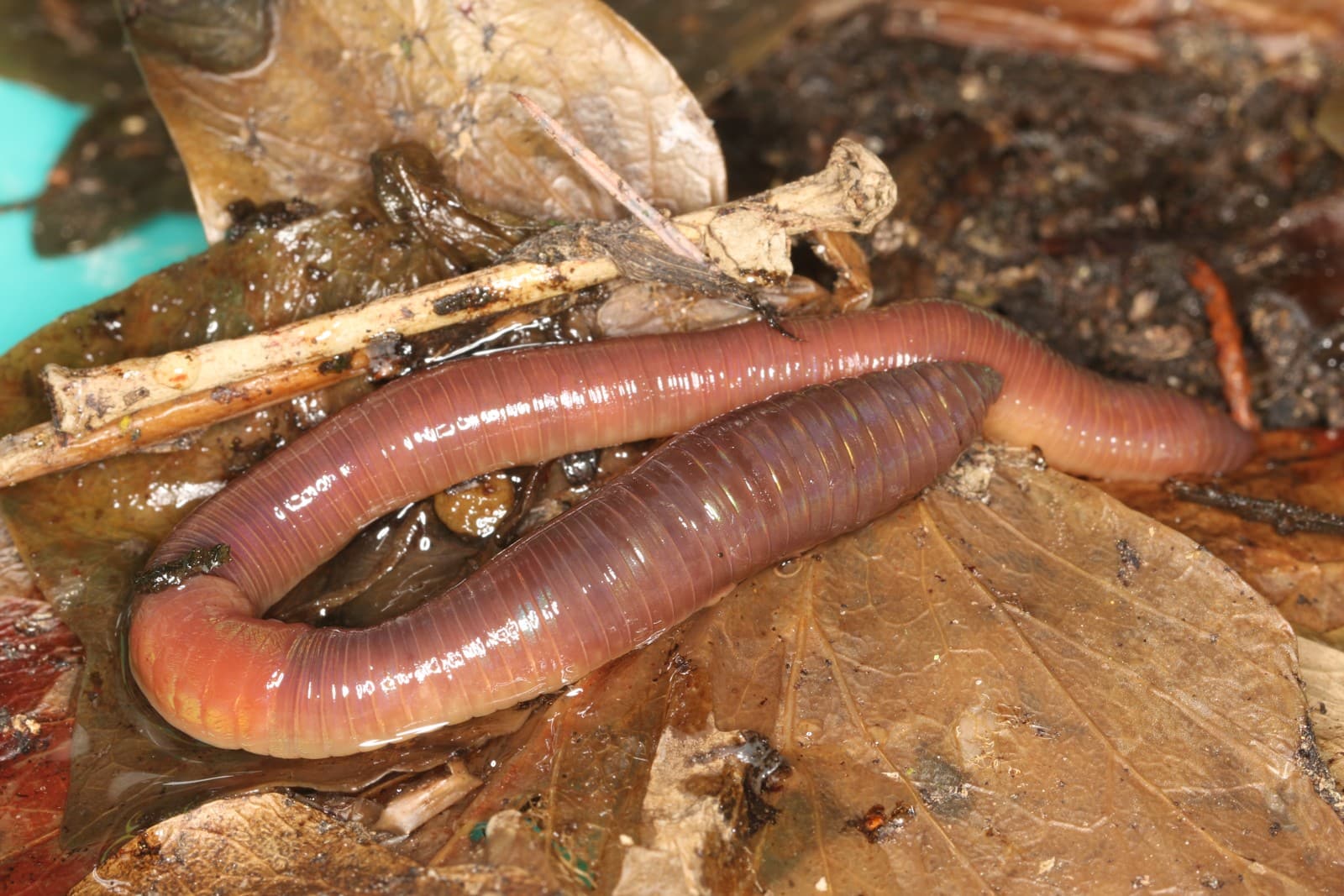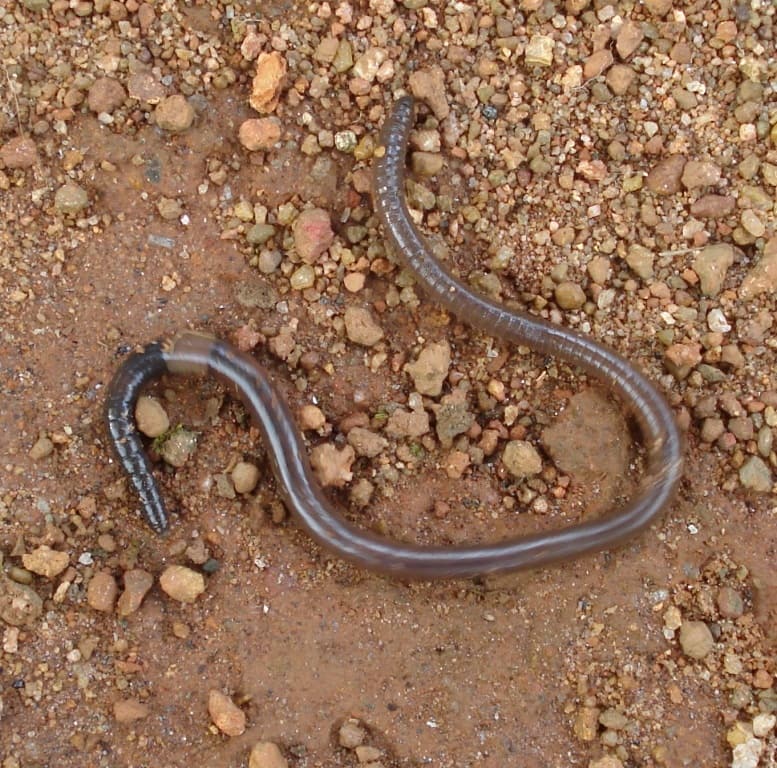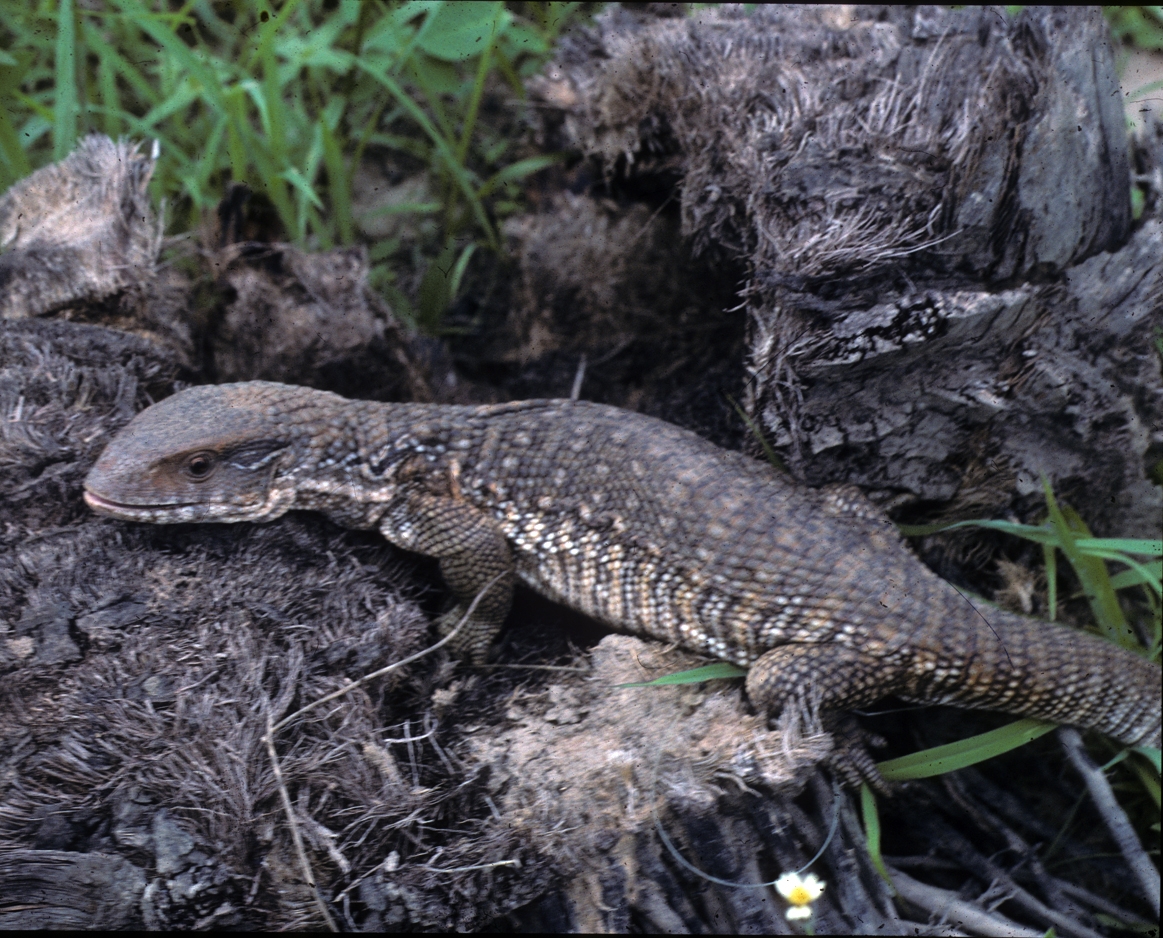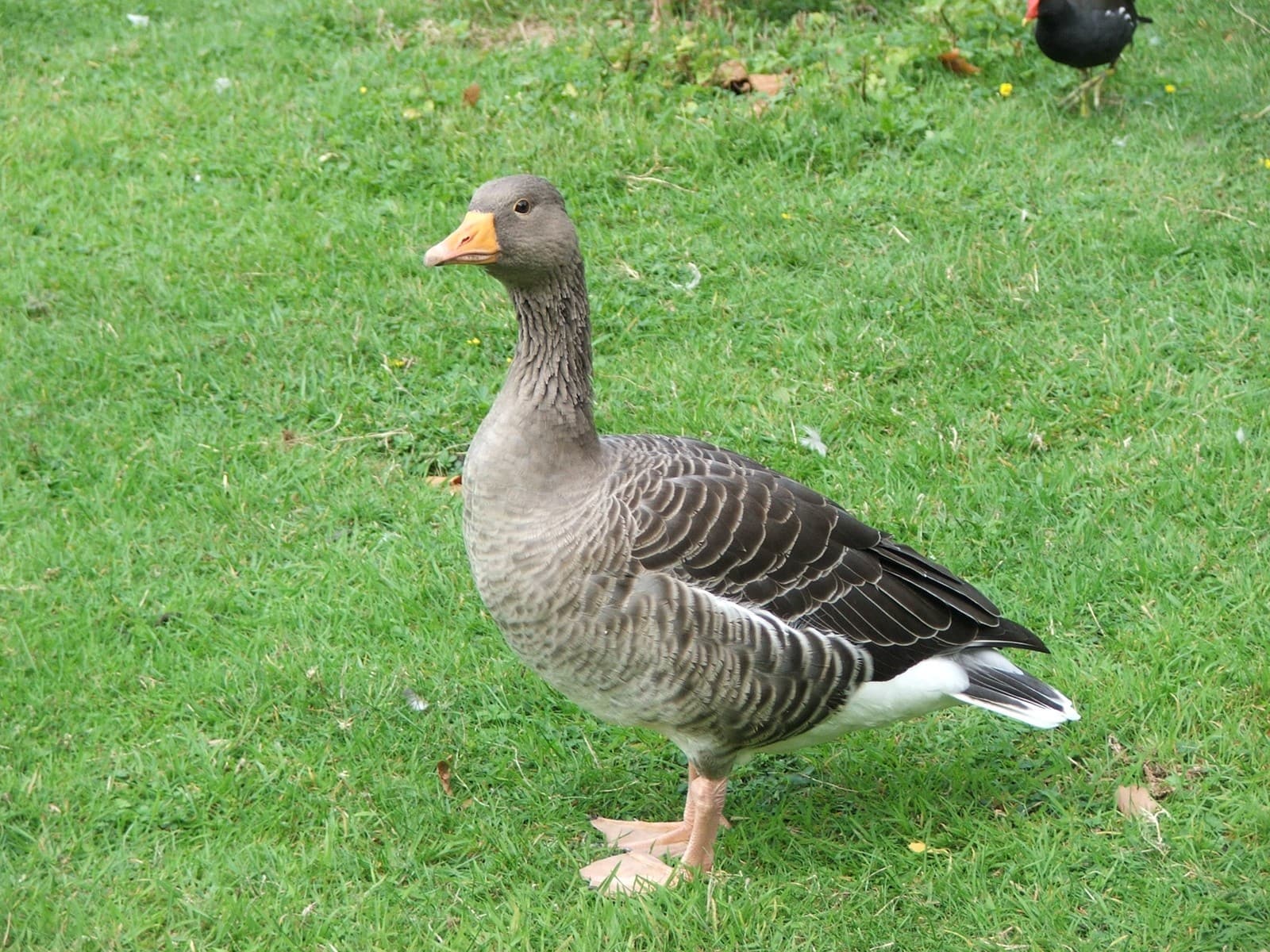Snake vs Worm: A Complete Comparison
Despite their superficially similar elongated bodies, snakes and worms represent dramatically different evolutionary paths. Snakes are sophisticated vertebrate predators with complex internal organs, while earthworms are relatively simple invertebrates that process soil nutrients. The average snake measures 3-5 feet (0.9-1.5 meters) in length, while most earthworms reach only 0.5-14 inches (1-35 centimeters).
These remarkable creatures diverged hundreds of millions of years ago, developing distinct anatomical features and survival strategies. While snakes evolved from lizard ancestors roughly 128 million years ago, earthworms emerged much earlier, with fossil evidence dating back over 500 million years.

© Jyothis / CC BY-SA 3.0
The Emerald Tree Boa demonstrates the sophisticated adaptations that separate snakes from worms, including specialized scales, internal organs, and skeletal structure that enable precise movement and hunting capabilities.

© Donald Hobern from Copenhagen, Denmark / CC BY 2.0
The common earthworm exhibits its characteristic segmented body structure and moist skin, essential features for burrowing through soil and maintaining proper hydration in its underground habitat.
Key Differences Between Snakes and Worms
| Feature | Snake | Worm |
|---|---|---|
| Skeleton | Internal vertebral column with 100-400 vertebrae | No skeleton, hydrostatic skeleton |
| Skin | Dry scales that shed periodically | Moist, permeable skin with segments |
| Size Range | 4 inches to 30 feet (10cm-9.1m) | 0.5-14 inches (1-35cm) |
| Reproduction | Internal fertilization, egg-laying or live birth | Hermaphroditic, mutual fertilization |
| Diet | Carnivorous predators | Decomposing organic matter |
| Habitat | Land, water, trees (varied environments) | Soil and moist environments |
Anatomical Differences
The most fundamental difference between snakes and worms lies in their internal structure. Snakes possess a complex skeletal system with hundreds of vertebrae, paired organs, and a sophisticated nervous system including a developed brain. Worms, conversely, have no bones at all, relying instead on a hydrostatic skeleton created by fluid-filled compartments within their segmented bodies.
Habitat and Behavior
Snakes have conquered diverse environments across the globe, from deserts to rainforests, while earthworms remain primarily subterranean. Snakes are active hunters, using specialized sensory organs like heat-sensing pits and forked tongues to track prey. Earthworms focus on processing soil nutrients, playing a crucial role in soil health and decomposition.
Reproduction and Life Cycle
Snake reproduction involves complex courtship behaviors and either egg-laying (oviparous) or live birth (viviparous). Most species reach sexual maturity between 2-4 years. Earthworms, being hermaphroditic, contain both male and female reproductive organs, with two worms exchanging sperm during mating. They can produce cocoons containing multiple eggs every 7-10 days under optimal conditions.
Ecological Role and Importance
While snakes serve as both predators and prey in their ecosystems, controlling rodent populations and serving as food for larger predators, earthworms are essential decomposers. A single acre of land can contain over 1 million earthworms, processing up to 40 tons of soil annually.
Survival Adaptations
Snakes have evolved sophisticated hunting mechanisms, including venomous fangs, constriction abilities, and highly mobile jaws that can swallow prey whole. Earthworms have developed efficient ways to process soil nutrients and move through dense earth using their segmented bodies and setae (tiny bristles).
Conservation Status
Many snake species face threats from habitat loss and human persecution, with about 12% of known species considered threatened. While earthworms generally maintain stable populations, some native species face challenges from invasive earthworm species and agricultural practices that disturb soil ecosystems.
Through this comprehensive comparison, we can appreciate how these superficially similar creatures have evolved to fill vastly different ecological niches, each playing vital roles in their respective environments.











